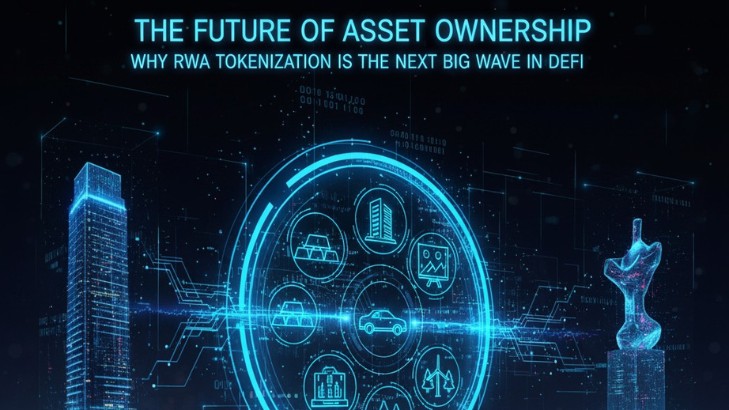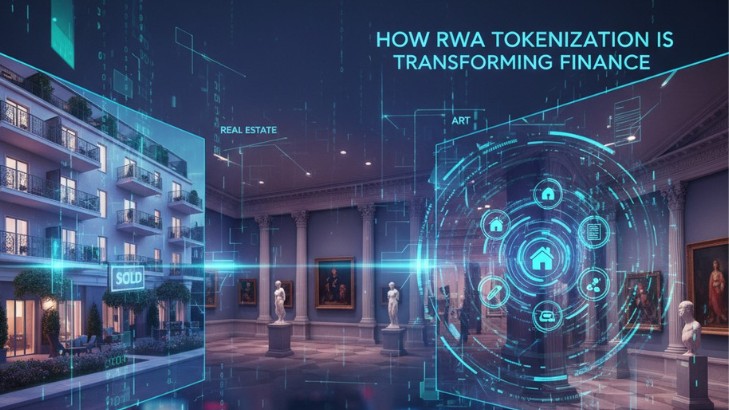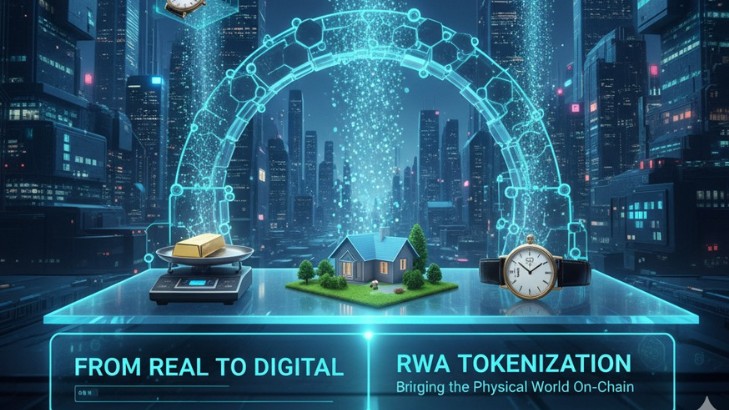Six Key Factors To Success In Product Development During The COVID-19 Lockdown
August 25, 2020



Six Key Factors To Success In Product Development During The COVID-19 Lockdown
We at Growth Turbine design and develop innovative products that improve our lives. Unsurprisingly, the COVID-19 crisis has huge effect on the development of our product: designers cannot work physically together and they cannot go to the lab and do tests.
We could have easily been discouraged and leave the projects for the time being.
But we did not.
COVID-19 has big effects on us, but we are not interested in what we cannot do, but merely in what we can do.
We decided to share our experience with you, because we want to inspire you how to turn around challenging times with creative solutions in your product development. We believe (and experience) that in product development, constraints can foster innovation.
Even better, we have learned since a long time that constraints can foster innovation.
What is product development, the Growth Turbine way?
Before we dive into our experiences and our creative solutions, we need to clarify what we at Growth Turbine see as product development and innovation.
Innovation is creating something out of nothing.
We are lucky to work with incredibly talented designers, however, designing the perfect circular fridge is never a straight line to success. This goes through a process of iteration.
We define 6 phases in this process:
1. The big idea (On paper, briefing)
2. Feasibility (If it is a lamp, does it give light?)
3. Concept Phase (Works like real and performs well?)
4. Validation phase (Works and looks like real)
5. Industrialisation phase (Works, looks and is produced like real)
6. Product launch (Let’s hit the market)
Basically, in the development process you start with the big decisions (a lot of freedom and flexibility) going to small decisions (bolts and nuts level).
In each step a lot of options and ideas are generated and carefully selected and tested to an appropriate solution. This process of iteration can be fast process.
But not in times of COVID-19…
Our COVID-19 crisis challenge
Because of the COVID-19 crisis, the project development process is slowed down and becomes more complex. Especially in our product development, because we do not design independently, but work in a team with several (international) partners.
Next to that, we need to physically assemble and test the products. This becomes a challenge during the COVID-19 crisis because of the required social distancing.
So how to develop and test now that we cannot physically work together anymore?
How to align?
How to get our materials?
How to stay focussed?
How to remain a team?
Together with our designers we did not despair, but we focussed on what we can do in a creative way to get result.
We will share these, keys factors to success with you.
1. Think Ahead
Many of our suppliers temporarily closed their factories. This poses challenges for receiving the materials and components we need to continue the development of our products in a later stage. We have to think ahead even more than we normally do.
We define the critical (time) path to success and include a timeline on when we would need what. In an early stage we are thus sourcing materials and components needed for the next phases.
Furthermore, we needed to rethink and define a new way of working, how can we ‘work apart together’. Especially in the early stages of the process 2, 3 and 4 (pre- engineering phase) this creates more challenges.
A clear and comprehensive design brief, with minimum room for interpretation, proofs more crucial now than ever. Discipline, focus and dedication are key factors in creating such brief.
2. Split up the project
Our development team is now working individually on the development, mainly from their homes, while previously they would be working in a particular location collectively.
We decided that in this condition it is best to split op the project in separate sub-projects, with separate sub- project owners.
For example, one team member is working on the outer design, the other on the mechanics and construction. One is working on the casing part and yet another one on the PCB part, while the last one is responsible for the mobile app and connectivity.
3. Define the ‘handshakes’
Of course, under present circumstances we don’t mean actual handshakes, but the interactions and interfaces between team members developing separate parts of the project.
4. Communication is the key
Communication is what it is all about, now more than ever.
In product development everything is constantly fluid. Every iteration leads to alternative solutions. These have ramifications for other parts of the design.
Version management and clear communication within the team is vital in order not to lose time and money.
Our team communicates digitally now, like the rest of the world, using Skype or any other online communication tool.
Luckily there are several digital bords, where you can brainstorm collectively.
One of the best things about online communication? You can mute your colleagues! This option gives you time and silence to write down some new ideas and insights. You can actually focus better on your work, discussions are more to the point and there is less distraction.
5. Work Smarter
New context leads to new solutions. Making big physical products, like fridges, requires more than one person to build and test components.
This is of course not possible with the (2 meter) social distancing.
We have to be smarter on how to make our innovation work. We have redefined the way of working, separating completely the segments in the design, cold part, warm part, electrical layout and mechanical design.
6. Keep having fun
Designing new products requires a certain playfulness, it is fun.
Also in times of COVID-19 we need to keep the joy and playfulness in our work. With this new way of working you need to ensure that the team stays together and focused. So ensure that enough “goofing around” is still possible to keep the spirits high and to increase the creativity By for example having an online coffee break, or a small virtual room tour where your colleagues show their favourite plant or their pet.
As we share our experience with you, we are getting to the final phases of the development of our circular cooler. We hope to share the end result with you and the rest of the world very soon.
Until that time comes, we wish you to stay safe and healthy. And to keep being creative and innovative. The world might need this now more than ever.




.avif)



